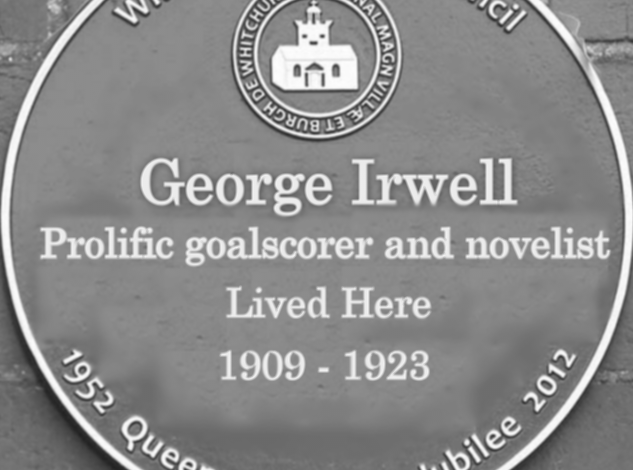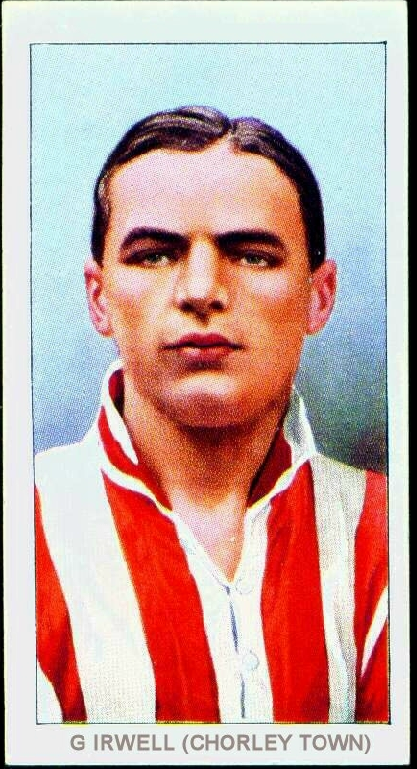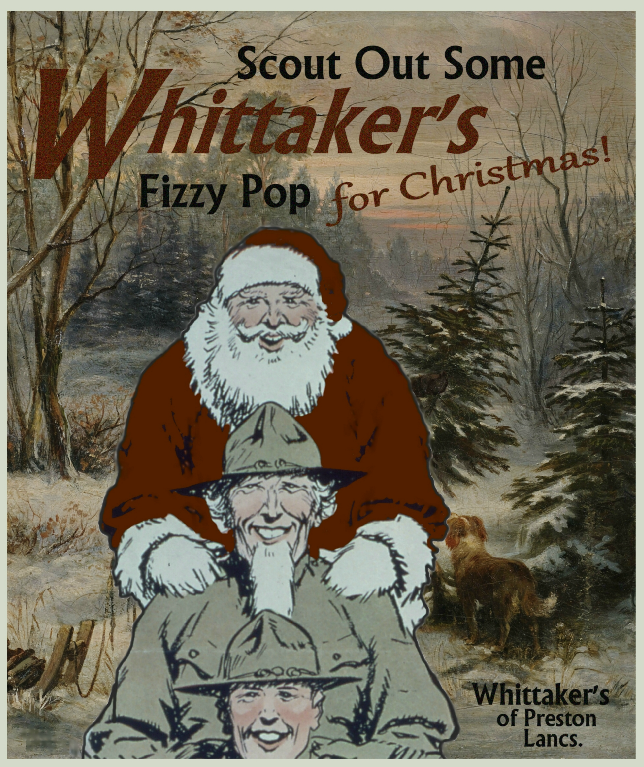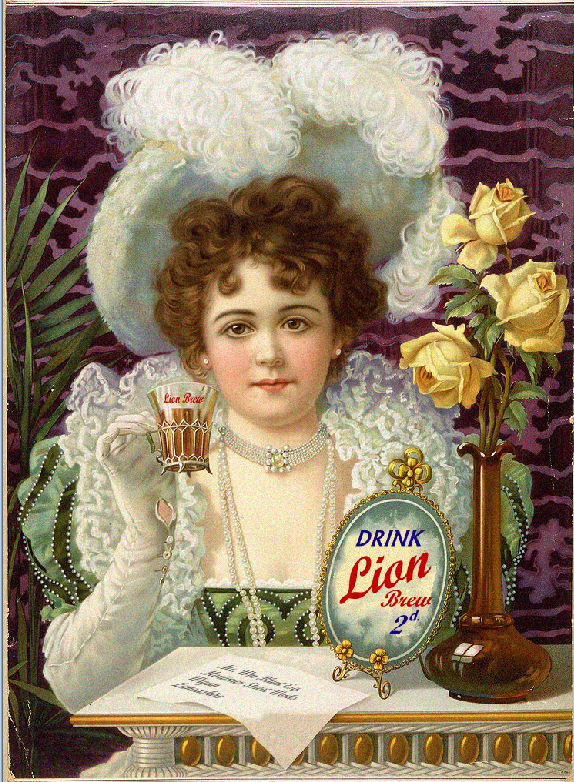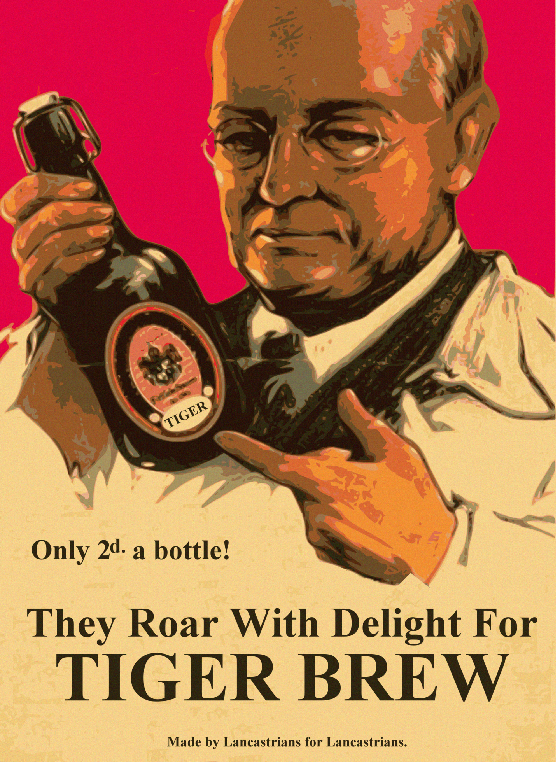THE STORY OF POP (Thread courtesy of @Mr_Lancashire)
It may seem hard to believe in these civilised times, but little more than a century ago the centres of our towns and cities were no go areas every Friday and Saturday night.
It may seem hard to believe in these civilised times, but little more than a century ago the centres of our towns and cities were no go areas every Friday and Saturday night.
Gangs of inebriated young men would be fighting in the streets whilst groups of young women dressed in little more than full length crinolines, petticoats, bonnets and shawls tottered along in their high heeled clogs, falling down in the gutter and exposing their bloomers.
It was thirsty work being a coal miner, a cotton spinner or an anchovy taster.
In & #39;Lancashire - Where Men Die Of Alcohol Poisoning& #39;, Wigan novelist George Irwell wrote:
In & #39;Lancashire - Where Men Die Of Alcohol Poisoning& #39;, Wigan novelist George Irwell wrote:
“After a hard day at work, for many there is nothing better than settling down in front of the empty space where the television will one day be with a bowl of steaming tripe and a vat of cheap wine or barrel of beer before beating their spouse and retiring to a drunken slumber.
"The men are no better.”
Church ministers extolled the virtues of abstinence and in 1876 The West Accrington Temperance Society opened the first bar selling non-alcoholic beverages, including parsley and chive, sage and sarsaparilla.
Church ministers extolled the virtues of abstinence and in 1876 The West Accrington Temperance Society opened the first bar selling non-alcoholic beverages, including parsley and chive, sage and sarsaparilla.
Initially, temperance bars were not popular and had to employ doormen to throw people in. They soon became ten a penny - although by the 1960s they were no more than four a penny due to inflation.
Many people will have fond memories of Whittakers of Preston and their prize-winning dandelion and burdock but, by the end of the 19th century, almost every Lancashire town had at least one pop factory.
Herman Brewster was a surgical appliance wholesaler who fled Russia in the 1880s to escape the Czar’s vicious persecution of surgical appliance wholesalers.
He settled in Darwen (mistaking it to be New York) and developed recipes for non-alcoholic drinks made from herbs he foraged on the moors, to which he added cocaine, heroin, strychnine, opium or morphine for medicinal purposes.
His sons Lionel and Homer inherited the family business but fell out and set up independently.
Lionel created Lion Brew, a black concoction advertised as being ‘Made In Lancashire From Coaldust’ whilst his brother’s Homer Brew was the subject of numerous complaints, until it was renamed Tiger.
The brothers became bitter enemies.
The brothers became bitter enemies.
Delivery agents tampered with the harnesses on the horses which pulled their rival’s wagons, holding up supplies in the dead of night, stealing whole crates of pop and returning the empty bottles to unsuspecting corner shops - often netting as much as 7s 6d from their crime.
The Brewsters’ fierce rivalry escalated into all out war - the infamous Lancashire ‘Pop Wars’ of the late 1930s.
With no end in sight, an American pop manufacturer tipped the balance in Lion Brew’s favour following a notorious Katyusha rocket attack on the Accrington Tiger factory in 1945.
For many years Lion Brew’s recipe was a closely guarded secret: only Lionel and his life-long friend, Dorothy Jessop knew the formula. They traveled on separate trams to ensure the recipe would not be lost if there was a crash.
The heyday of Lancashire’s fizzy pop industry was the 1960s. Children across the county eagerly awaited the arrival of the ‘pop man’, the clinking of bottles prompting squeals of delight in many homes.
In some areas demand was so high that deliveries were made every morning and bottles of cherryade, cream soda and dandelion and burdock could be found on many doorsteps alongside the daily pint of milk.
Today, sadly, the pop man is no more and after a hard day watching Jeremy Kyle, Loose Women and Countdown, Lancastrians like nothing better than to settle down with a takeaway and a nice vat of red wine.
Once more our town centres ring with the cries of youngsters declaring their undying love to complete strangers before proceeding to punch their lights out.
But there are signs that the pendulum is swinging back: in the last census, the number of teetotallers in Lancashire almost reached double figures.
Dandelion and burdock remains Lancashire’s favourite pop and, apart from the addition of artificial colours, flavourings, preservatives and sweeteners, the recipe is exactly the same today as it was more than a century ago.
(With grateful thanks to the Preston Museum of Pop for illustrations.)

 Read on Twitter
Read on Twitter